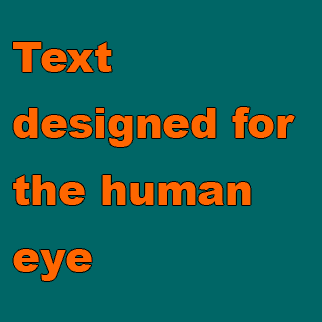


Freelance copywritingPrint portfolioText designed for
|
Easy-to-read Web pages |
|
People read more when the reading is easy. They're much more likely to interact with your site if the text is easy to read. Most corporate communications are remote, abstact, impersonal. They read like they've been through a few layers of lawyers, who prefer that the text be passive, abstract, and vague. I start out with the reader's ease in mind. I write with concrete nouns and active verbs and insert story values to hold the reader's attention. My intent is to throw the company wide open for inspection, of making an effort to explain the company rather than expecting the outside world to make the effort: a clear window into the company that invites response. The reader is not a company, not a robot, not a business (although she might be a business owner), not a demographic sector but a singular person. If the text is clear and easy enough for the New York Times editorial reader, the nuclear physicist will be able to understand it, too. I make the text seem simple and easy to read, even if the topic is tough. I use Strunk & White's "Elements of Style" to make brochures interesting on their own without having to borrow interest. People are blasé about their own industries and don't realize how interesting they can seem to an outsider. When the existing text is vague and generic, I can edit it down to the essentials: the true facts.
|

Here's an example of boilerplate text, generic text that could be about any company in any industry, text that assumes the visitor already knows everything about the company.
|